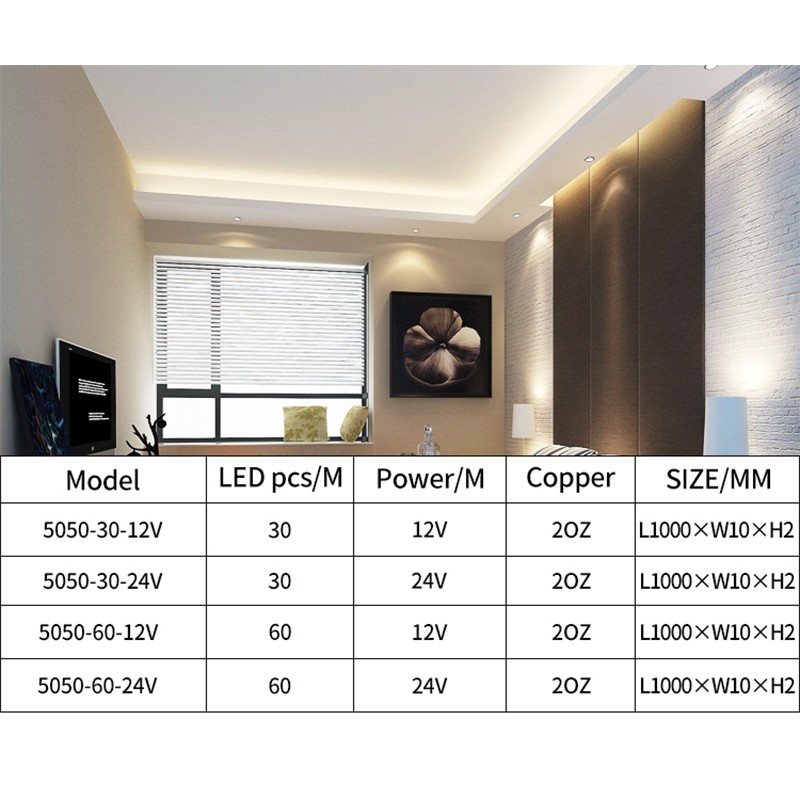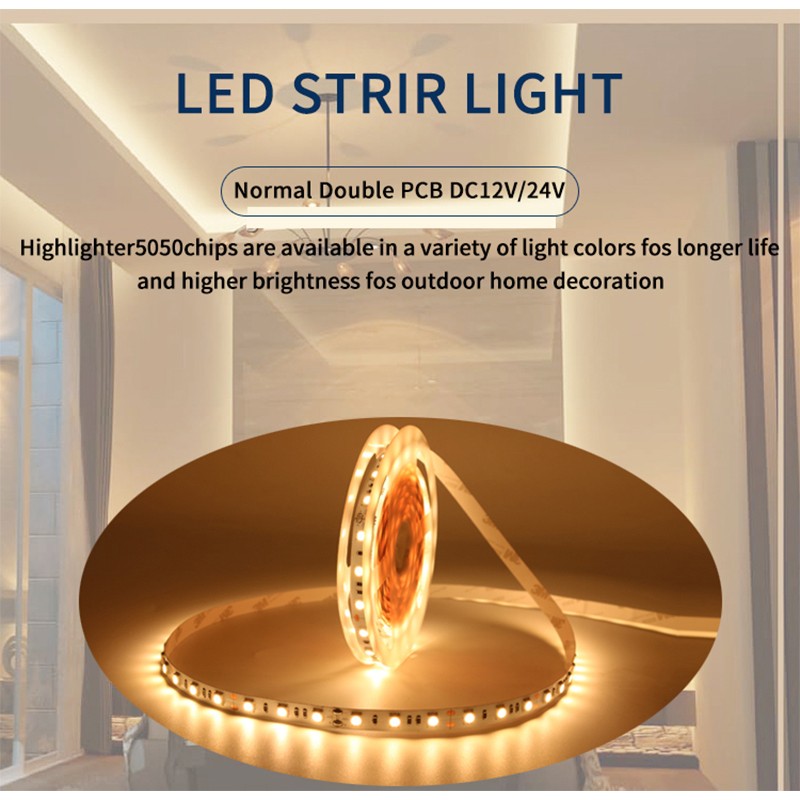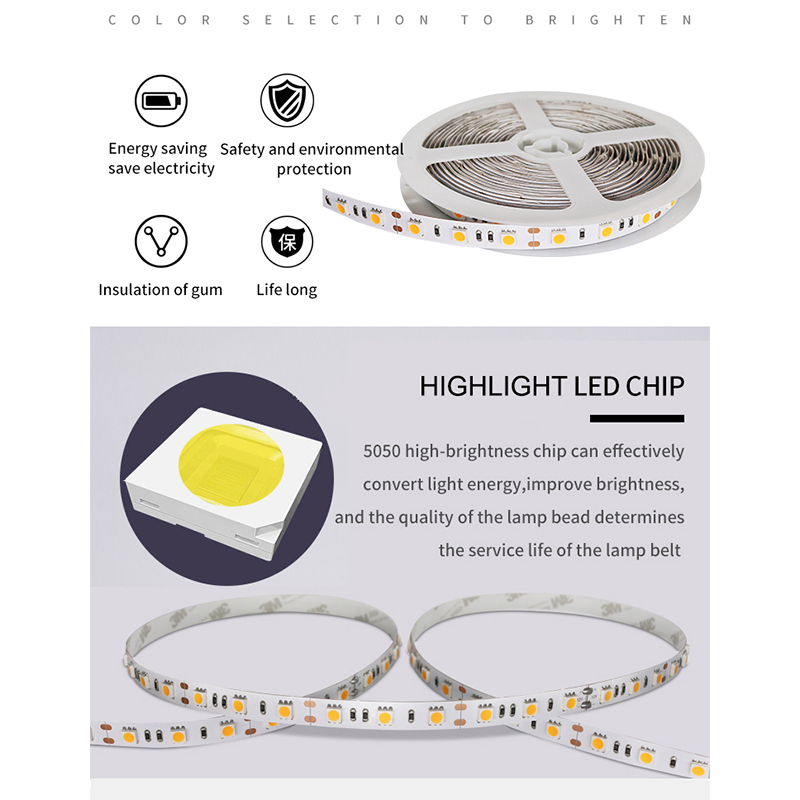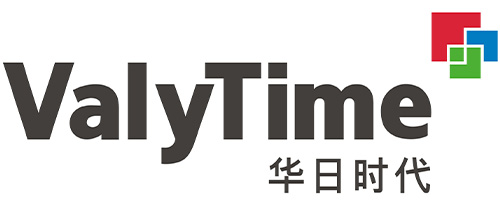How to Hide LED Light Strips Under Cabinets?
LED light strips have become the preferred lighting solution for many homes in cabinets and kitchens due to their energy efficiency, ease of installation, and excellent light efficiency. However, many people often face a challenge when installing LED light strips: how can they be concealed under cabinets to achieve effective lighting without compromising the overall aesthetic?
This article will delve into how to cleverly conceal LED light strips, detailing various installation tips and precautions to help readers achieve the desired lighting effect while enhancing the visual appeal of their cabinets.

What are the advantages of LED light strips?
Before delving into how to hide LED light strips, let's first understand their advantages and application scenarios. LED light strips are flexible, thin lighting products composed of multiple small LED chips arranged in an array, which can be installed in various locations using adhesives, mounting brackets, or other methods. LED light strips offer many advantages over traditional lighting, including:
· Energy-saving and high-efficiency: LED light strips consume less energy than traditional light sources and provide more effective light. · Uniform Illumination: LED light strips provide soft, even light, avoiding strong direct light sources. They are suitable for use in areas requiring subdued illumination, such as cabinets and bookshelves.
· Flexibility: LED light strips are highly flexible and can be bent and cut to suit specific needs, making them suitable for spaces of various shapes and sizes.
· Attractive Appearance: Because they are extremely thin and versatile, LED light strips easily blend into various decor styles without appearing obtrusive.
Due to these advantages, LED light strips are widely used in a variety of applications, including cabinet lighting, kitchen lighting, and bathroom mirror lighting, enhancing the modern feel and functionality of any space.

How to Hide LED Light Strips Under Cabinets?
Under cabinets are ideal locations for LED light strips. Hiding LED light strips not only prevents the strips from being exposed and detracting from the aesthetics, but also highlights the work area under the cabinets through the projection of light, adding a sense of depth and ambiance to the space. So, how can you cleverly conceal LED light strips under cabinets? Here are some common and practical methods.
1. Using Cabinet Light Troughs or Trough Frames
The most common way to conceal LED light strips is to use specially designed troughs or trough frames. These light troughs are typically made of plastic, aluminum alloy, or stainless steel, providing excellent heat dissipation, preventing the LED light strip from overheating. They also effectively conceal the exposed portion of the light strip, leaving only a soft strip of light that enhances the aesthetic appeal of the space.
Installation Steps:
· Select the appropriate light trough size. Choose the appropriate light trough based on the cabinet size and the length of the LED light strip. The width and height of the light trough should match the LED light strip.
· Measure and mark the installation location. Measure and mark the installation location for the light trough underneath the cabinet. Typically, the light trough should be installed at the bottom edge of the cabinet to ensure even light distribution across the cabinet work surface.
· Securing the light trough. Use screws or double-sided tape to secure the light trough to the cabinet base. If the cabinet base is sturdy, screws are recommended for greater stability.
· Installing the LED light strip. Attach the LED light strip to the light trough, ensuring that the strip is evenly distributed along the length of the trough. Connect the power cord and test the light to ensure the desired lighting effect.
2. Use concealed brackets under cabinets
Another effective way to conceal LED light strips is to use concealed brackets. These brackets secure the LED light strip to the cabinet base and, through appropriate design, partially obscure the strip, preventing it from being directly exposed.
Installation Steps:
· Choose a suitable concealed bracket. Concealed brackets are typically made of plastic or metal, have a simple appearance, and are virtually invisible once installed. Choose the appropriate size to fit the space under the cabinet.
· Measure and mark the installation location. Measure the installation location for the bracket under the cabinet and mark the exact installation point.
· Install the bracket. Secure the bracket to the cabinet base with screws or tape to ensure it is securely in place.
· Install the LED light strip. Install the LED light strip into the bracket, connect the power cord, and test.
3. Use the cabinet's built-in slots
Some modern cabinet designs take light strip installation into consideration, providing built-in slots specifically designed to conceal LED light strips. These slots are usually located on the bottom edge or inner wall of the cabinet. They are designed to effectively conceal the light strip while maintaining adequate ventilation and heat dissipation.
Installation Steps:
· Check the cabinet design to confirm if there are built-in slots. If not, you will need to purchase the appropriate accessories or have a custom installation.
· Place the LED light strip in the slot and connect it to the power supply.
· Ensure the light strip is installed flat and perform a power test.
4. Invisible Cable Management and Junction Box Design
In addition to concealing the light strip itself, you also need to consider how to manage the LED light strip's cables and power cords. Messy cables not only affect the aesthetics but can also affect the overall lighting effect. Therefore, cable management should be carefully considered when designing the light strip installation.
· Invisible Cable Management: Choose a suitable cable management system or cable ducting to conceal cables behind or under the cabinet. Hiding cables within the invisible ducting not only keeps the space tidy but also prevents exposed cables from causing unnecessary clutter.
· Junction Box Design: Some high-end cabinet designs feature junction boxes in the corners or bottom of the cabinet, which perfectly conceal the LED light strip's power cords and connectors. By properly utilizing these junction boxes, you can effectively organize and conceal power cords, preventing them from being exposed.

What are the precautions for concealing LED light strips?
When concealing LED light strips under cabinets, in addition to choosing the appropriate concealment method, you also need to pay attention to the following issues to ensure an aesthetically pleasing and safe installation.
1. Ensure adequate heat dissipation space
LED light strips generate a certain amount of heat during operation, especially high-brightness, high-power strips. Therefore, when installing LED light strips, ensure adequate heat dissipation space to prevent overheating, which can lead to performance degradation or damage. Using aluminum alloy light troughs can effectively dissipate heat and prevent overheating.
2. Choose waterproof and dustproof light strips
The environment under cabinets may be affected by oil smoke, dust, and moisture. Waterproof and dustproof LED light strips are better suited to these conditions. Especially in kitchens and dining areas, LED light strips with a high waterproof rating can effectively extend the lifespan of the light fixtures.
3. Ensure a secure power connection
When connecting the LED light strip to the power supply, ensure that the power connection is secure. Avoid using unqualified power adapters and sockets, ensure that the power lines comply with local electrical codes, and regularly inspect the integrity of the lines to prevent short circuits and electrical faults.
4. Adjusting the Brightness and Color Temperature of the Light Strip
After installation, you can adjust the brightness and color temperature of the LED light strip as needed. Generally, cabinet lighting requires soft light and a moderate color temperature. Excessive brightness can cause visual fatigue, while low brightness can affect work efficiency. Properly adjust the brightness and color temperature of the light strip to achieve optimal performance.
Can I get a customized quotation based on my lighting project requirements?
Definitely. We specialize in offering tailored quotes for large or customized LED lighting projects. Simply send us your project details, product preferences, estimated quantity, and shipping destination. Our sales team will provide a personalized quote that includes product specifications, unit pricing, lead time, and shipping options.
We offer great discounts for bulk purchases and long-term supply contracts. As a direct LED lighting manufacturer from China, our quotes are always competitive and reliable.
